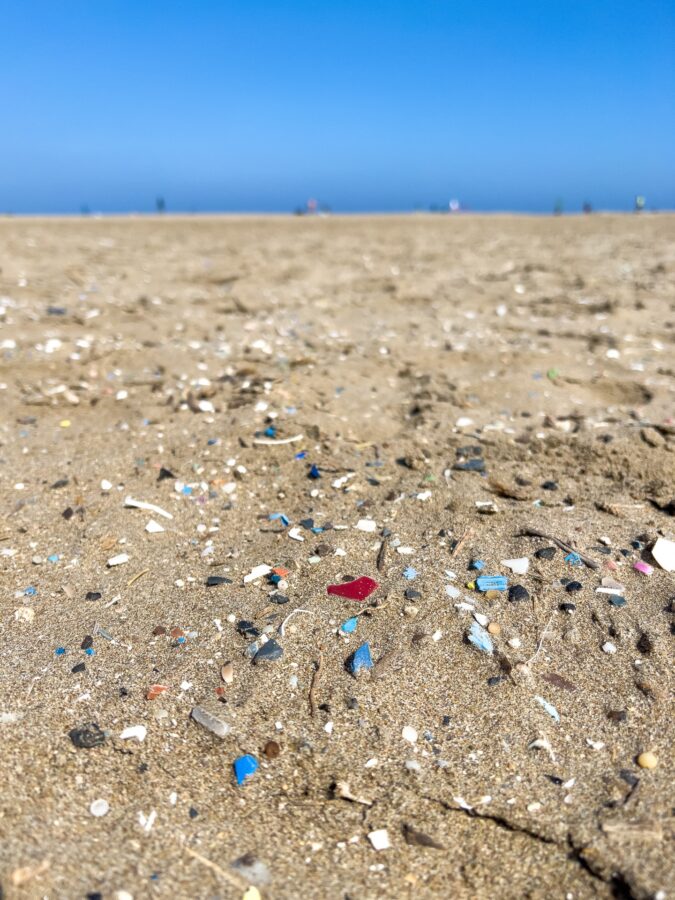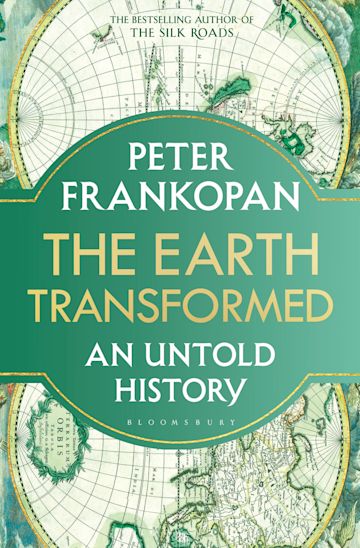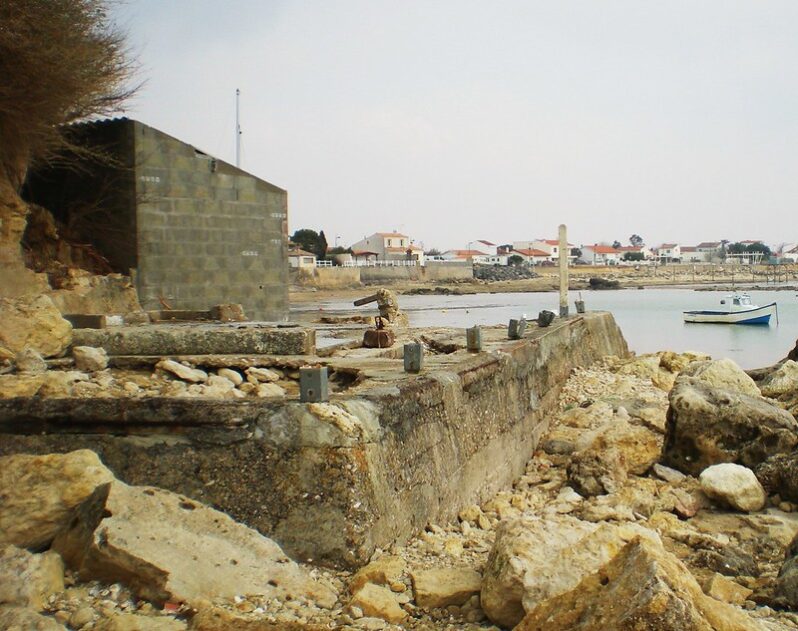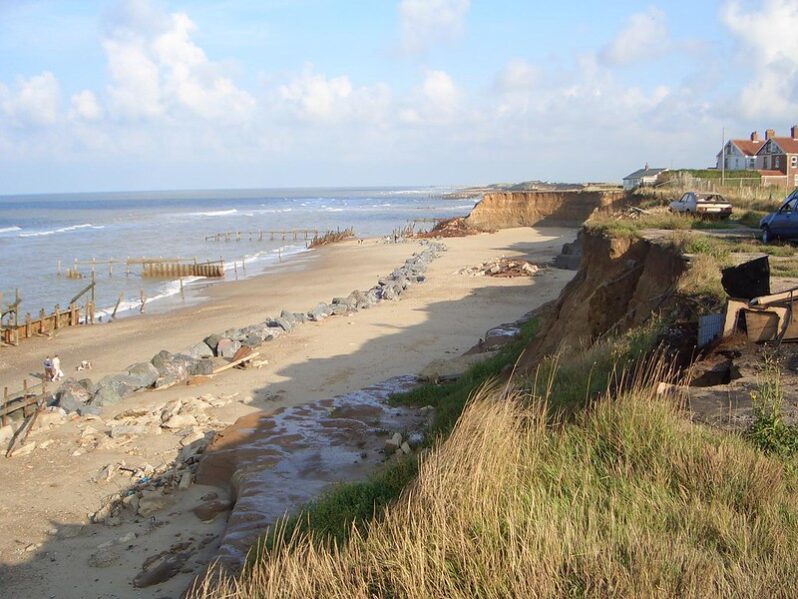Listen: Climate fiction to imagine a better world – the Grist

Imagine 2200, Grist’s climate fiction initiative, invites readers and writers to envision equitable climate progress in futures near and far.
In this audiobook collection, immerse yourself in readings of some of our favorite tales we’ve published so far. They tell of finding climate solutions in one’s heritage, the connections between species facing extinction, and finding ways to survive through the power of community.
Fossil-Fuel Interests Try to Weaken Global Plastics Treaty – Scientific American

An international effort to rein in plastic pollution is running into resistance from China, Saudi Arabia and other nations that see a future in plastics amid declining demand for oil, gas and coal. That debate is playing out over the terms of a prospective global treaty that could set limits on plastic production and consumption. Environmentalists last year scored a landmark victory when 175 countries agreed to write a treaty designed to address the problems with plastic…
Dolly Parton’s new song is a climate anthem (if you want it to be) – the Grist

In the video for her new song, “World On Fire,” Dolly Parton sits atop a burning world. Blond hair piled and coiffed, her black dress glittering, she looks down into a pit of flames burning the earth. The song rocks a little harder than her usual feathery country oeuvre, and over a driving beat, she lets you know she’s about to get political…
The Earth Transformed: An Untold History – Reviewed in the Atlantic

In his sweeping new book, Peter Frankopan looks at how the climate has changed human society—and how we have changed the climate.
Does climate change directly influence the weather we experience? Until recently—for the past 40 years or so—that question has followed nearly every major hurricane or flood, every record snowfall or heat wave. In some people, it provokes instant denial, often political or economic, often rooted in prideful ignorance…
French Government Will Destroy Houses of Storm Survivors – the Epoch Times

The French government has decided to stay firm on its decision to destroy more than 1,500 houses in areas of “extreme danger” along the Atlantic coast. The decision follows the deaths of 53 people from storm “Xynthia,” the violent winter storm that battered Europe’s west coast on Feb. 28. Hope had risen among residents that they could save their homes following a statement made by Interior Minister Brice Hortefeux…”There could be individual, precise, and discrete situations that could need a deepened analysis…”
A theater kid who decided to take climate stories mainstream – the Temperature Check Podcast

Maya Lilly has been in the arts pretty much her entire life. She started out in theater and eventually landed at the Juilliard School, and that’s where she had an epiphany. It was a realization that changed the course of her life. She’s now a producer for the YEARS Project, a multimedia storytelling platform focused on climate change. This is her story…
As California attempts a ‘managed retreat,’ coastal homeowners sue to stay – Grist Magazine

“We’re in this dilemma of figuring out, how do you convince the community to move?” said (Gary) Griggs.
Mirada Road is a small cul-de-sac that runs right up to the edge of the Pacific Ocean, skirting the rim of a 30-foot bluff. The townhomes on this street, which is located in Half Moon Bay, California, are separated from the sea by nothing but a pedestrian walking trail on a beach that is eroding a few inches every year…
Hemsby: How many other communities are at risk of erosion? – BBC News

Coastal erosion claimed three homes in Hemsby last weekend and a further two properties in the village are deemed at serious risk. Are there other Hemsbys along the coast and what can be done to protect the communities which live there?
The East Anglian coastline is no stranger to coastal erosion…
“Recycling” Glass Back to Sand … For Beaches?

There have been several recent proposals and some projects actually underway to grind up glass bottles and use this ground glass to replenish beaches. Along most shorelines, other than in tropical environments, the dominant mineral making up the beach sand is quartz, which is silicon dioxide (SiO2), the same elemental composition as glass. While this may initially seem like a good solution for replenishing or nourishing disappearing or narrow beaches, this concept is not a sustainable or effective approach.
Initially derived from silica sand glass is a valuable resource that is already in a pure form that can most effectively be recycled or melted down to make more glass, rather than being put on the beach where it will be lost to the ocean over time as it is carried offshore or alongshore…
